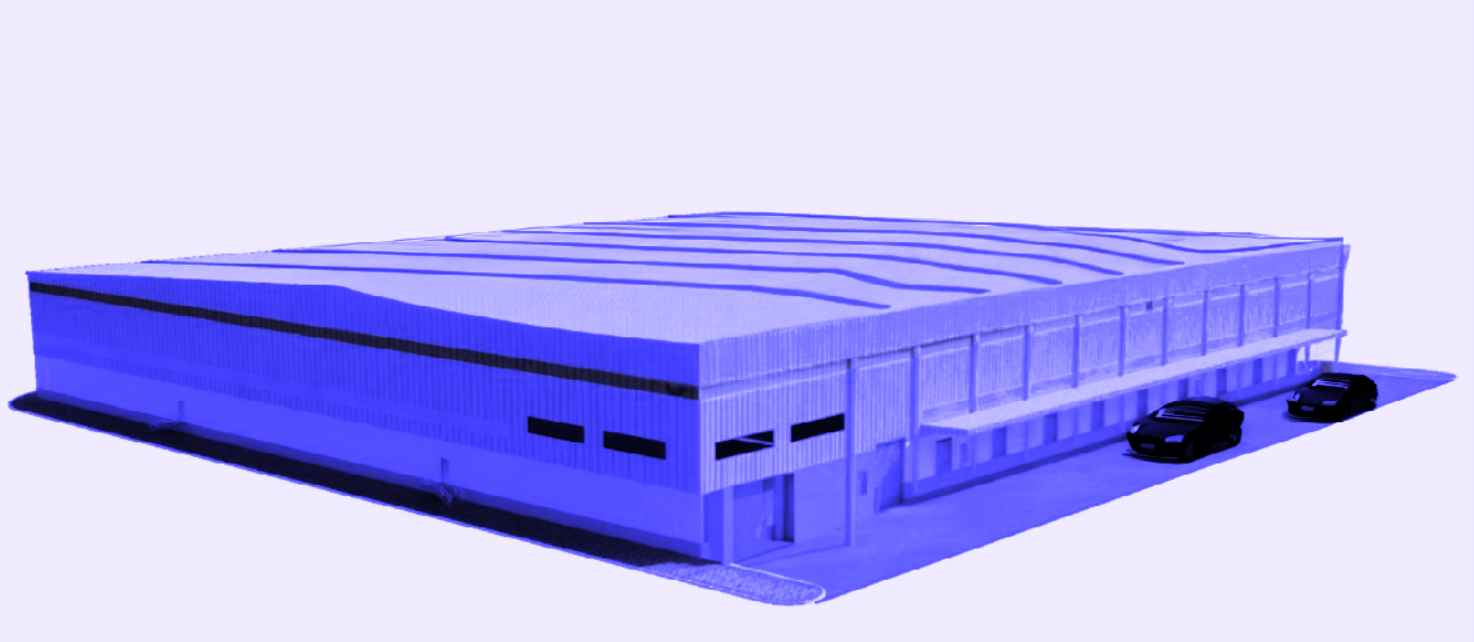Warehouse Lease Agreement Checklist: A Comprehensive Guide
A well-structured warehouse lease agreement is essential for both landlords and tenants to ensure a secure, efficient, and hassle-free leasing experience. This Warehouse Lease Documentation checklist covers the critical components of a warehouse lease agreement, helping you navigate the legal and operational complexities of warehouse leasing.
The Warehouse Lease Documentation Checklist
- Understanding Your Lease Agreement
- Ensure a clear understanding of all lease terms, obligations, and rights for both parties involved.
- Identifying the Parties Involved
- Clearly state the legal names and roles of the lessor (landlord) and lessee (tenant) to avoid any confusion.
- Lease Duration and Renewal Terms
- Define the initial lease period, renewal options, and any conditions for extending the lease.
- Rent and Security Deposit
- Specify the monthly rent, due dates, and any required security deposit, along with terms for adjustments.
- Maintenance and Repairs
- Outline the responsibilities for maintenance and repairs, including who is accountable for various costs.
- Insurance Requirements
- Detail the required insurance coverage for both parties, typically including liability and property insurance.
- Access and Use of the Warehouse
- Clearly state permitted uses, any restrictions, and access rights for both parties.
- Environmental Compliance
- Ensure compliance with environmental laws and include relevant clauses in the agreement.
- Termination and Default Clauses
- Define the conditions under which the lease may be terminated and what constitutes a default by either party.
- Subleasing and Assignment
- State whether subleasing or assignment is allowed and any specific conditions related to it.
- Improvements and Alterations
- Detail the types of improvements or alterations allowed, including approvals required from the landlord.
- Dispute Resolution
- Include a dispute resolution mechanism, such as mediation or arbitration, to manage potential conflicts.
- Compliance with Zoning Laws
- Verify that the warehouse’s intended use aligns with local zoning laws to avoid regulatory issues.
- Indemnification
- Define indemnification clauses that protect both parties from legal or financial liabilities.
- Inspections and Entry Rights
- Clarify the terms under which the landlord may inspect the premises and the tenant’s rights to privacy.
- Governing Law
- State the jurisdiction and governing law applicable to the lease agreement.
- Notice Requirements
- Specify how notices (e.g., termination, renewal) should be communicated and delivered between parties.
- Signature and Execution
- Ensure that the agreement is signed, dated, and executed by all relevant parties to make it legally binding.
Frequently Asked Questions (FAQs)
Can I Make Alterations to the Warehouse as a Tenant?
- Yes, provided it’s permitted in the lease and meets local regulations. Any changes should be explicitly approved by the landlord.
What Happens If I Default on My Lease Agreement?
- Default can lead to eviction or legal action. Review and understand the default clauses and consequences thoroughly.
Is Subleasing Allowed in Warehouse Lease Agreements?
- Subleasing is often allowed but must be detailed in the agreement, specifying conditions and requirements.
What Kind of Insurance Should I Have as a Tenant?
- Liability and property insurance are typically necessary to protect against accidents, damages, or other incidents.
How Do I Ensure Environmental Compliance in a Warehouse Lease Agreement?
- Work with legal experts to confirm compliance with environmental regulations applicable to your industry and location.
Can I Terminate the Lease Agreement Early?
- Early termination is possible but often subject to penalties. The conditions for early termination should be specified in the lease.
Conclusion
A detailed warehouse lease agreement is crucial for safeguarding the interests of both landlords and tenants. By following this Warehouse Lease Documentation checklist, you can ensure a thorough understanding and coverage of all critical aspects, leading to a more secure and streamlined leasing process. Legal advice and expert consultation are invaluable in tailoring your agreement to meet specific needs, providing clarity and protection throughout the lease period.
Need Warehouse Space?
If you’re searching for a Warehouse, Shed, Godown, Storage Space, Industrial Factory Building Shed on Rent/Lease, or BTS-Built-to-Suit Options, feel free to Contact Us for customized solutions.
